fact

Diamonds Are Forever: Artists and Writers on Baseball
For the uninitiated, the poetic mysteries of baseball can seem elusive if not downright silly. Diamonds Are Forever: Artists and Writers on Baseball (Chronicle), a print version of the Smithsonian Institution exhibition of the same name, doesn’t set

Detective Samuel de Champlain
One of the pleasures of reading for no particular reason is coming across hidden stories, involuntary essays, samples of what someone once called “found literature”—as opposed, I imagine, to the literature that states its official identity on the cover. Leafing through a book on Samuel de Champlain, I came across, of all things, a detective story.

Evictions
When Malcolm Lowry’s shack on the beach at Dollarton, B.C., burned to the ground in 1944, he and his wife Marjorie were able to save the manuscript of only one of the novels that he was working on at the time. A few months later the same manuscript had to be rescued again when the house that friends found for them in Oakville, Ontario, also burned to the ground.

Re-hanging the National Wallpaper
When I lived in Ottawa in the 1970s, I used to enjoy passing lazy afternoons at the National Gallery looking at the pictures. I remember how surprised I was when I first encountered the Group of Seven collection. These paintings were completely familiar—I’d seen them in schoolbooks and on calendars, posters, t-shirts, everywhere—yet at the same time they were completely unexpected.

Trickster Makes This World: Mischief, Myth and Art
Lewis Hyde’s Trickster Makes This World: Mischief, Myth and Art (North Point Press) is a wonderful book of old stories about Hermes in Greece, Raven and Coyote in North America, Krishna in India and Eshu in West Africa, and new stories about Picasso,

Transitions of a Still Life: Ceramic Work by Tam Irving
To reach a higher level, one must be both talented and brave, much like Tam Irving, one of Canada’s leading ceramic artists, whose life with clay is examined in Transitions of a Still Life: Ceramic Work by Tam Irving, by Carol E. Mayer (Anvil Press).






.svg)
























.jpeg)





























.jpeg)






















.jpg)
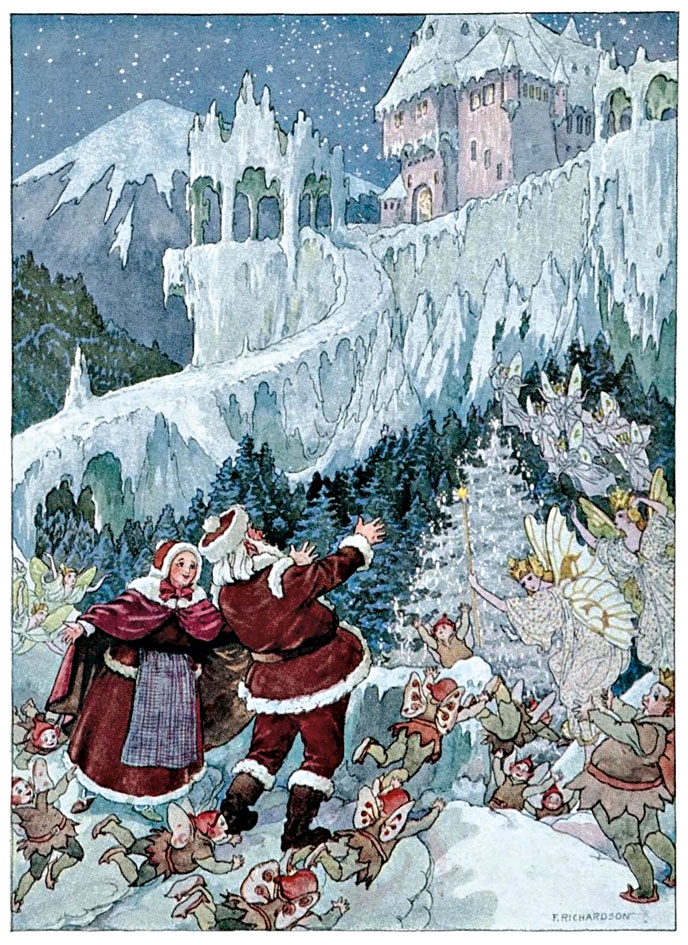
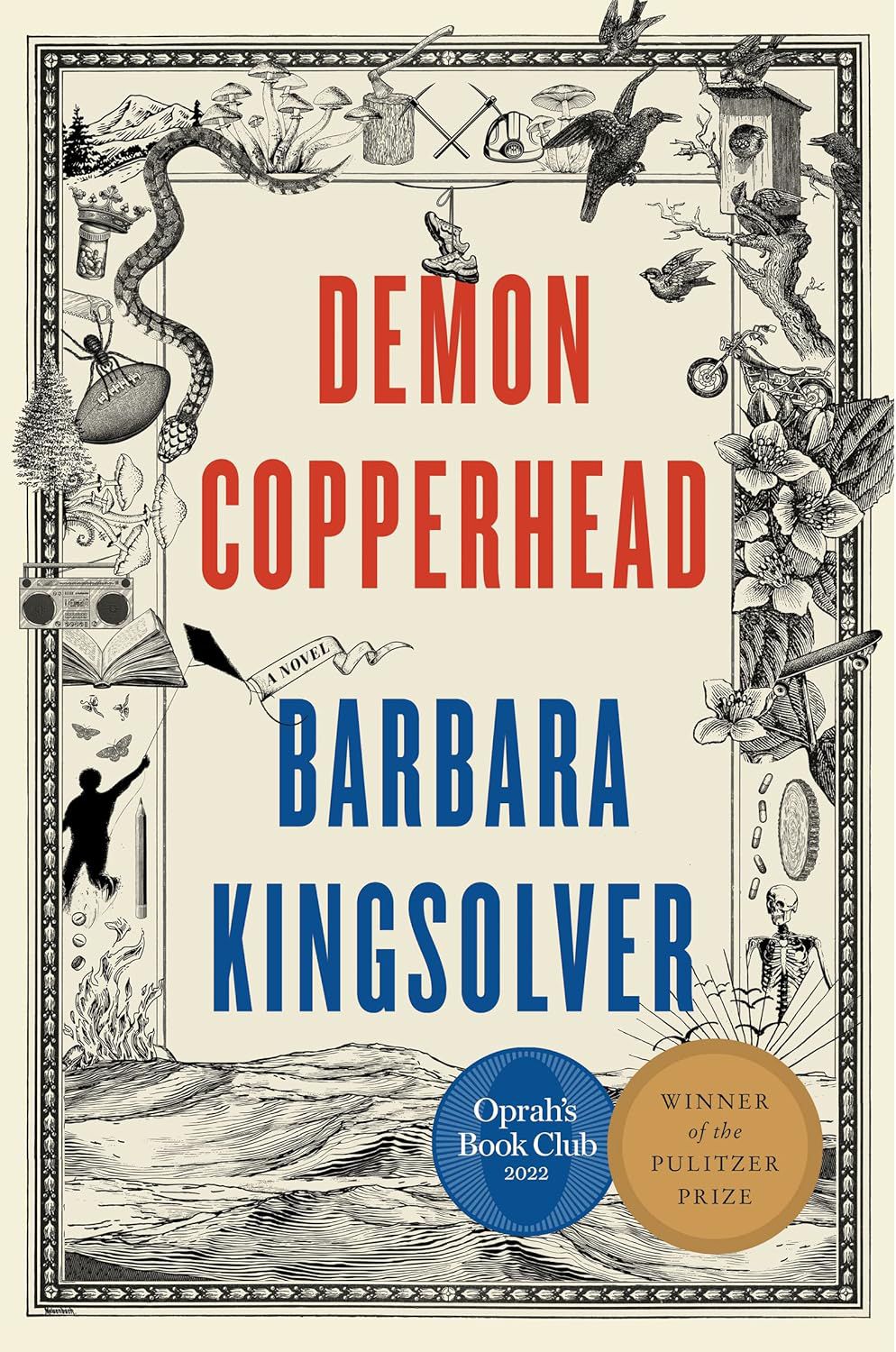



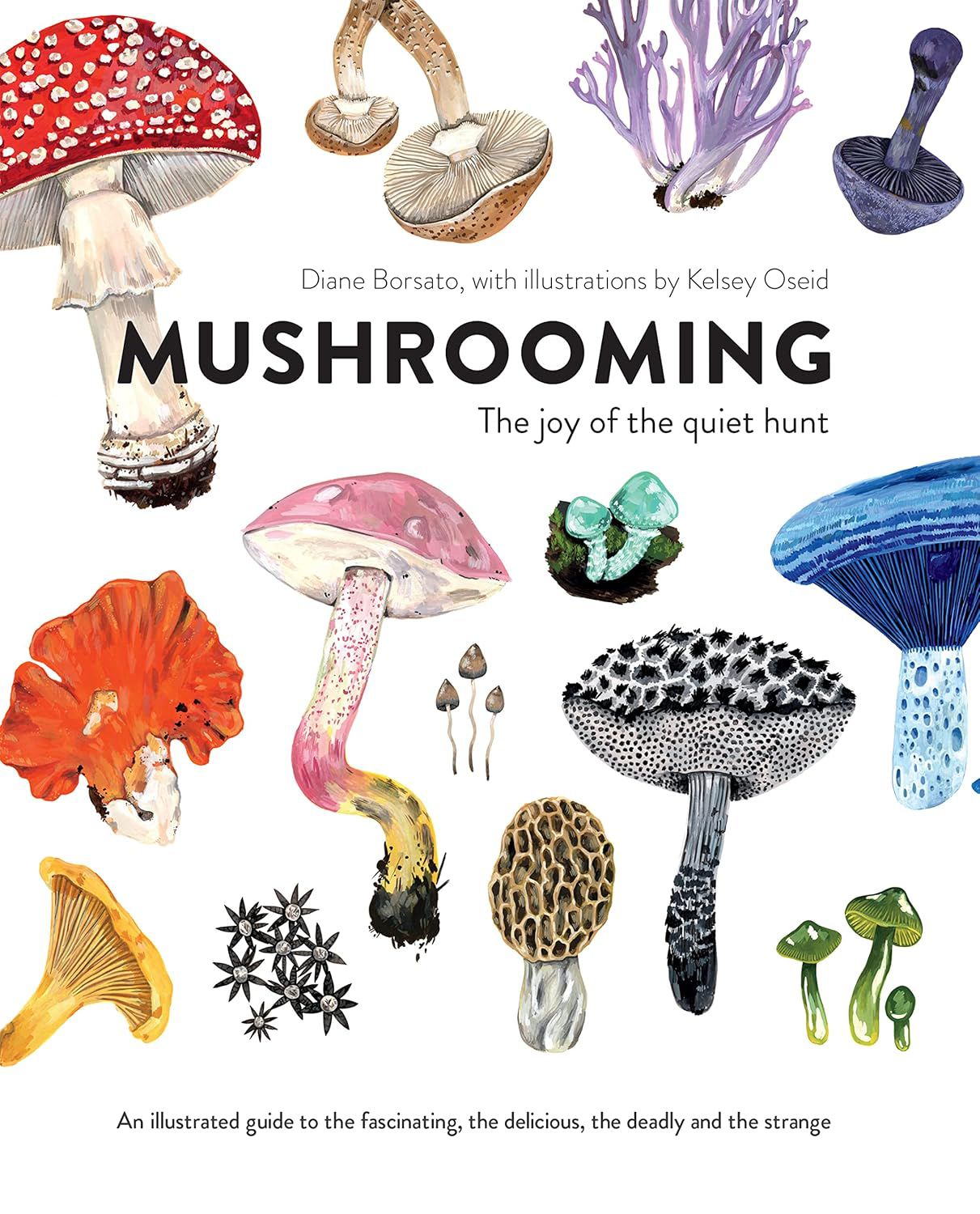


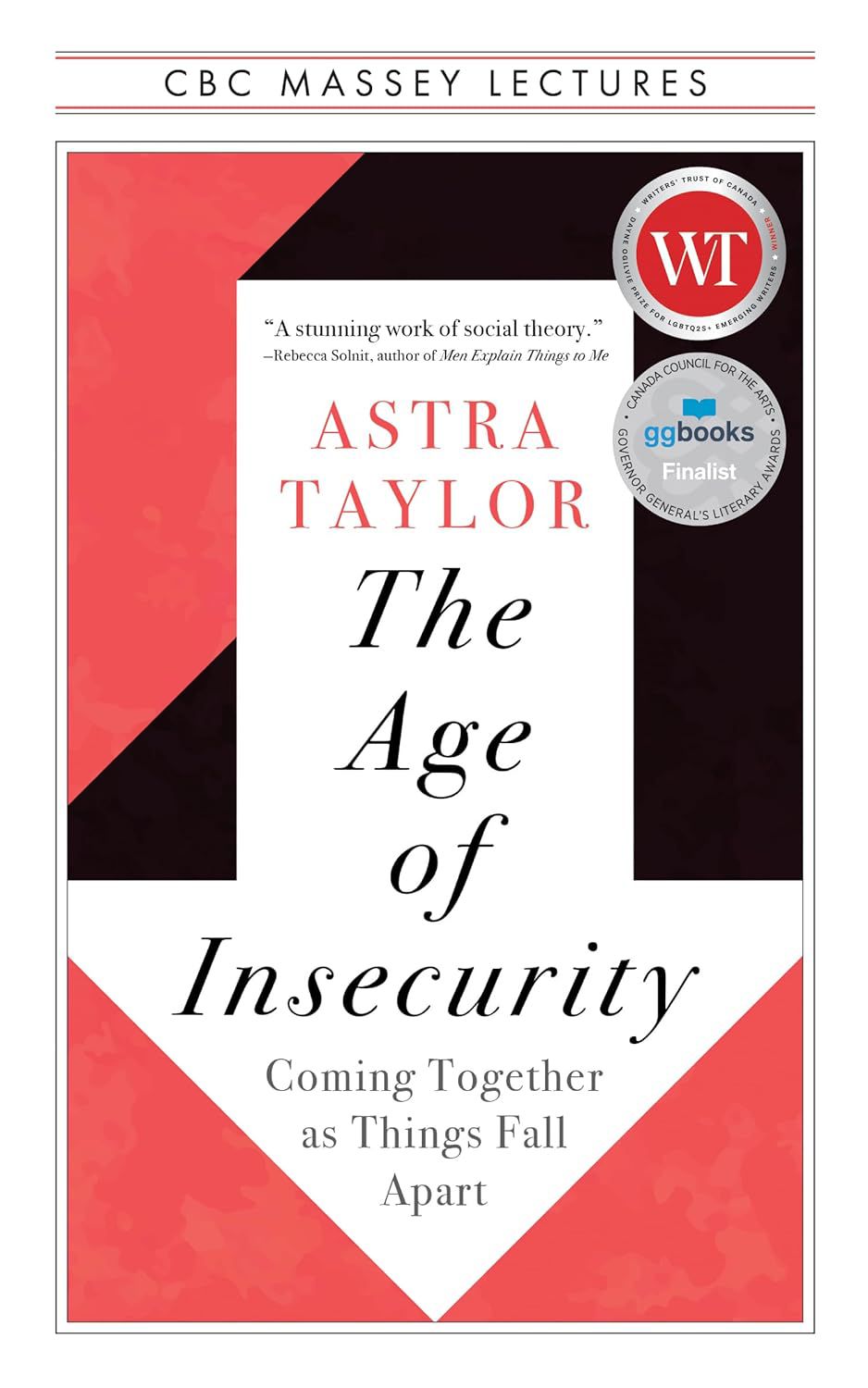
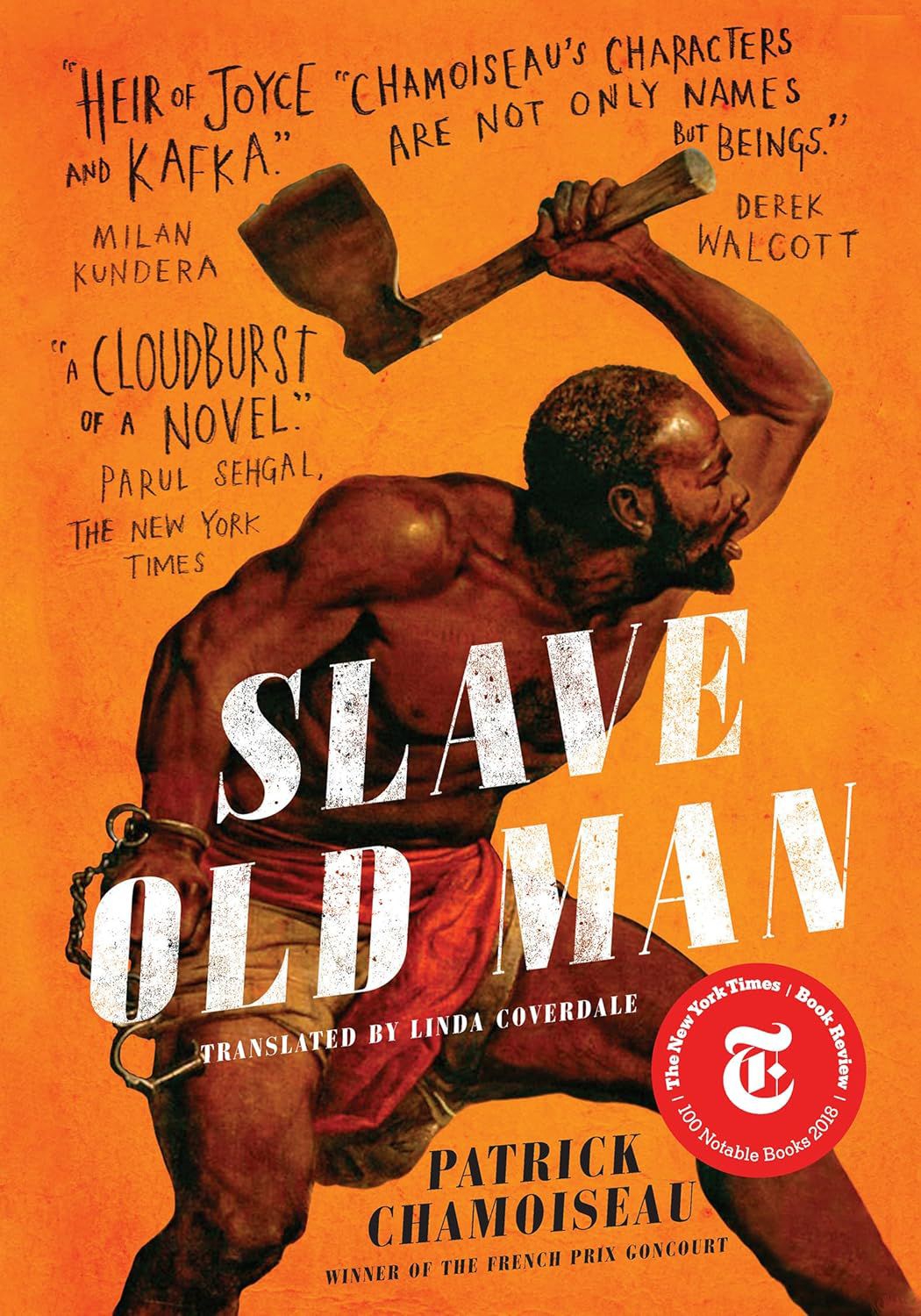


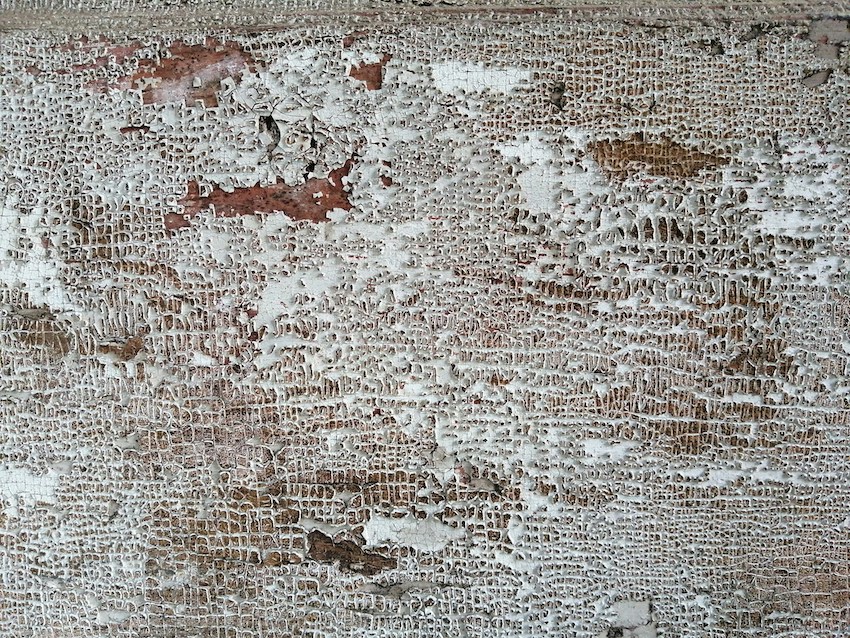








.jpg)